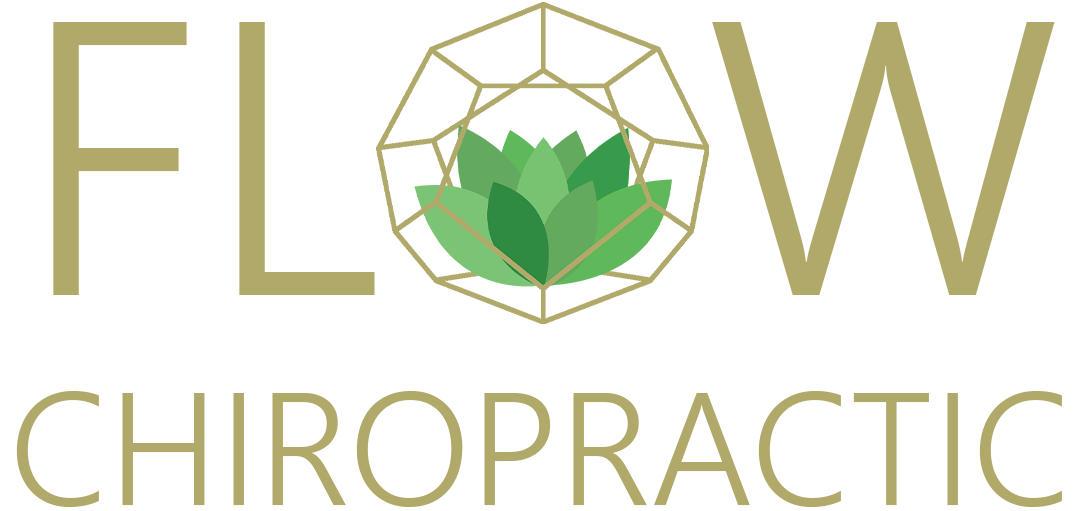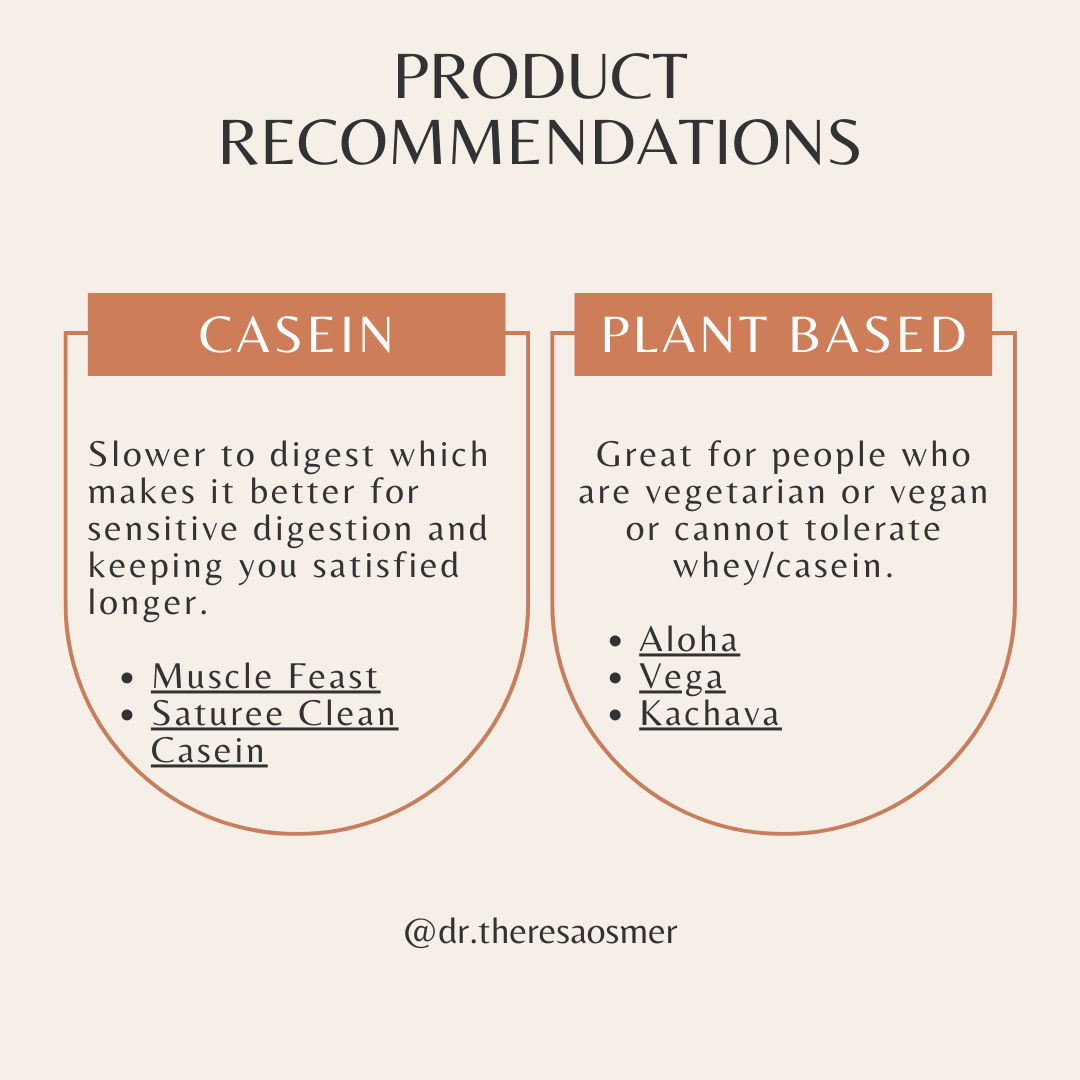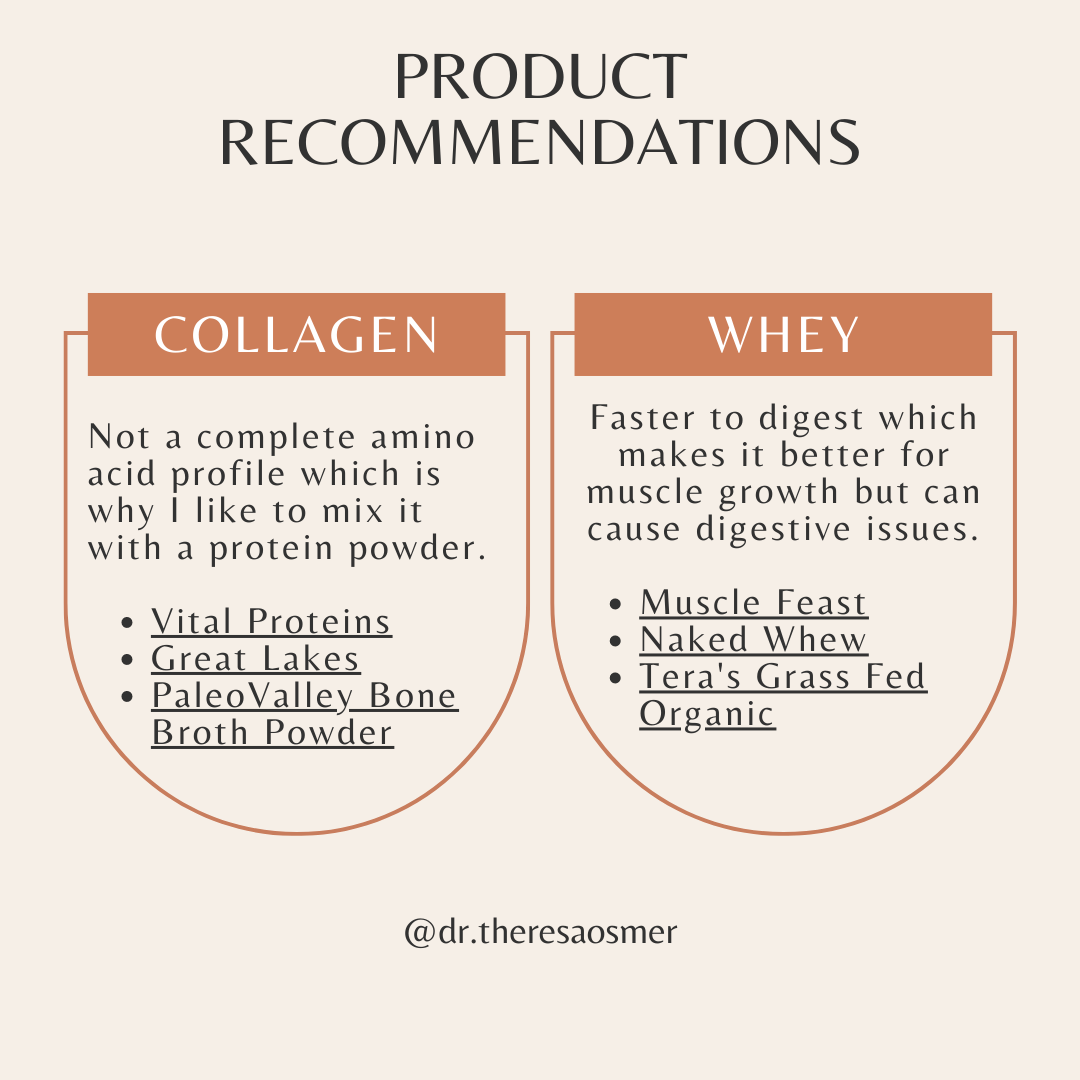How to evaluate if a food is high in protein
How many times have you talked about nutrition and the protein comes up? Protein is one of the three macromolecules that make up our food with the other two being fat and carbohydrates. Protein is known for being satiating, helping you to feel more full with less food. Muscle repair and growth also rely on protein, which is especially important as we age.
When discussing nutrition with patients, we often discuss protein intake and many people believe they are consuming adequate protein or “high protein” foods when they actually are not. I’d like to thank food marketing and packaging for this. It is almost comical when you look at a food label that says it is “high protein” and then apply the trick I will share in this blog only to realize, it was an illusion! So, how does this happen?
To understand this, we need to remember how many calories are in 1 gram of each macro. For protein and carbohydrates, it is 4 calories per gram. For fat, it is more than double at 9 calories per gram.
Let compare foods that are known to be “high in protein” compared to fat or carbohydrates.
Protein vs Fat
Nuts are a great example of a high protein food that can be sneaky and derail your nutrition. Take peanut butter which is 2TBSP per serving. This is 190 calories and breaks down into 8 grams of protein (8x4=32 calories from protein) and 16 grams of fat (16x9=144 calories from fat). The other calories come from carbohydrates. I wouldn’t call a food that is 17% protein necessarily high in protein, would you? This would be a food high in fat, which is still okay, but can get you into trouble if you are eating it is large quantities.
Protein vs Carbohydrates
Beans are another food known to be high protein. Looking at black beans, 1 serving is 1/2 cup but let’s do 1 cup to make the math easier. This is 230 calories and breaks down into 15 grams of protein (15x4=60 calories from protein) and 41 grams of carbohydrates (41x4=164 calories from carbohydrates). Beans are a healthy food, and a great source of fiber, but they are not a dominated with protein as protein makes up 26%.
High Protein
The key to choosing a truly high-protein food is to ensure it contains at least 40% protein. There is a trick to determine if a food passes the 40% protein test:
Find protein grams per serving on the nutrition label and multiply by 10.
Compare the protein times 10 value to total calories per serving.
If protein x 10 is equal to or more than calories, the food is at least 40% protein and should be considered a high-protein food.
If protein x 10 is lower than calories, the food is less than 40% protein and should not be considered a high-protein food.
This is a quick and easy trick you can do when choosing a food item and trying to get as much protein bang for your buck as possible. Plus, it helps tune up your math skills and is fun to do with kids!
So what whole foods pass the test? These would be lean protein sources like eggs, chicken breast, turkey, and seafood. You will notice that with beef, it should be lean to qualify as the fattier cuts of meat such as bacon and sausage have that pesky 9 calorie per gram of fat in them.
Protein powder can be a really easy way to achieve protein intake. Here are some product recommendations!
What about Yogurt?
Most forms of full-fat Greek yogurt will fall below the 40% threshold, especially yogurt that is flavored and sweetened. However, non-fat Greek yogurt without added sugar easily passes the test. That type of of yogurt contains 16g of protein and only 90 calories per serving, making it pass the test with flying colors.
What is you are vegetarian or vegan?
There are plant-based options that pass the test including:
Seitan (21g protein, 104 calories per serving)
Tofu (17g protein, 144 calories per serving)
Lupin beans (26g protein, 198 calories per serving)
Nutritional yeast (3g protein, 20 calories per serving)
Some bean-based pasta (24g protein, 180 calories per serving)
Where to go from here
As you can see, there are lots of high protein options. Should your overall nutrition be completely made up of protein? Not in my opinion. Carbohydrates and fat serve important functions in the body as well and are important to get in your diet, balance with protein. Depending on your goals for your overall health, you may want to tune into protein content of food, especially if you are trying to lose weight or gain muscle mass.
This is also a great trick in the grocery store when comparing products, especially if you are buying packaged food! If I am buying a protein bar for a snack or grabbing a lunch out, I will look at the nutrition facts to try to get the best protein to calorie ratio that I can to keep me full for longer!


